Inside the Capitol Visitors Center
After years of delays and millions of dollars spent, the brand-new Capitol Visitors Center opens in December
/https://tf-cmsv2-smithsonianmag-media.s3.amazonaws.com/filer/cvc_631.jpg)
The new Capitol Visitor Center opens December 2, after an eight-year delay and a cost overrun of hundreds of millions. At 580,000 square feet, the Visitor Center is the largest addition to the Capitol in its 215-year history.
When builders broke ground for the project in June 2000, they planned to lay the final stone in late 2005. But after September 11, 2001, legislators demanded greater security measures in the Visitor Center. The estimated cost rose from $265 million to $621 million.
Now that the Visitor Center is finally open, what will visitors get?
For starters, they'll enter from the East side—the side opposite from the National Mall—and take a set of stairs into the building's underground main chamber, Emancipation Hall, which is nearly three times the size of the Capitol Rotunda. Emancipation Hall, named in honor of the enslaved laborers who helped build the original Capitol, stretches nearly 20,000 square feet underground. Statues from the National Statuary Hall collection decorate the perimeter—luminaries include Philo Farnsworth, the inventor of the television, and King Kamehameha of Hawaii, whose gold-caped statue towers over the others.
Visitors may watch a new orientation video, "E Pluribus Unum," named for the motto found on the Seal of the United States meaning "out of many, one." The curious can get additional information about the Capitol along the room's far walls. The hungry can grab a bite at a new 550-seat restaurant, catered by the same company behind the House and Senate cafeterias in the Capitol.
Sightseers can loiter in museum galleries dedicated to American and Congressional history. Each "historical alcove" spans 35-50 years, and features videos and text from major events and how Congress shaped them. As the only museum dedicated to the history of the Senate and the House of Representatives, the exhibitions highlight the impact of Congressional action on our history.
Two separate viewing galleries stream videos of the Senate and the House in action, and interactive "Jeopardy"-style quizzes let visitors test their legislative know-how against a friend's.
One of the main draws is the "touchable Dome," an 11-foot polyurethane model of the Capitol, built as a replica on a 20:1 scale. Visitors can run their hands over the balconies, windows and doors, and take a peek at miniature versions of the frescos on the inside of the dome.
"We wanted to create a more complete experience," says Terrie Rouse, CEO for Visitor Services at the Visitor Center. "We have masses of people coming in of multiple ages and they all want to be informed."
For those who took the Capitol tour in years past, the experience usually began with a hike up Capitol Hill and a long wait in line. Guides took visitors into the main Rotunda, into the galleries where the House and Senate convene, and then released them to their own devices in the building's crypt. The entire tour rarely lasted more than an hour, and there was no museum to provide greater context to the experience. When winter weather turned nasty, visitors waited outside. When the summer heat and humidity was unbearable, they waited outside. Once inside, there were no restaurants, and tourists had to jockey to use one of the Capitol's five public bathrooms.
The Capitol could only accommodate 1500 people at a time, but during the spring cherry blossom season, interest often peaked at 4000.
Compared to that, the new Visitor Center is an expansive, if expensive, haven.
/https://tf-cmsv2-smithsonianmag-media.s3.amazonaws.com/accounts/headshot/anika-gupta-240.jpg)
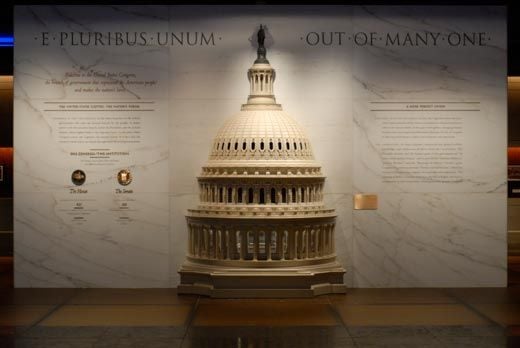
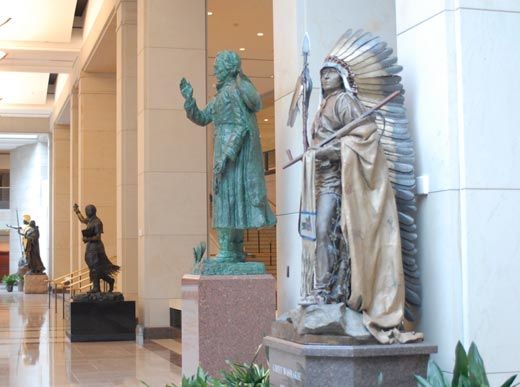
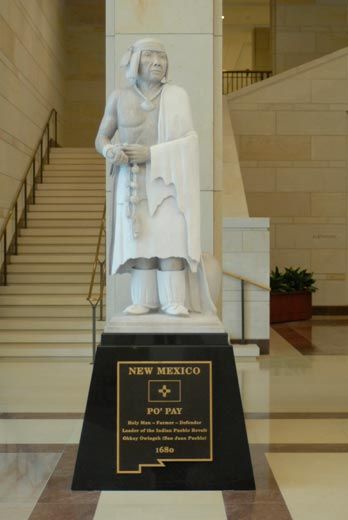
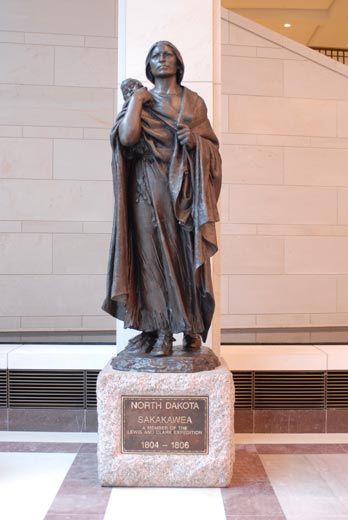
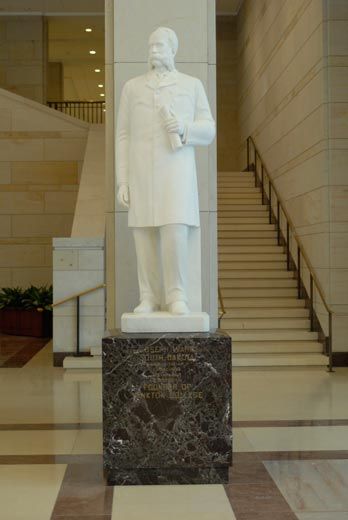
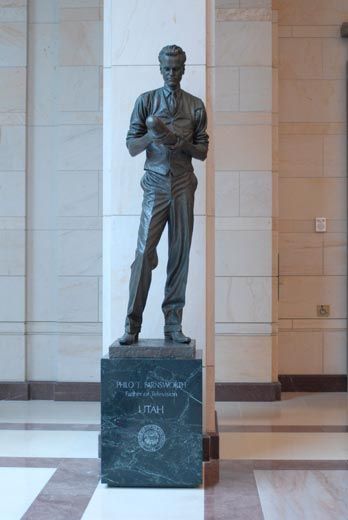

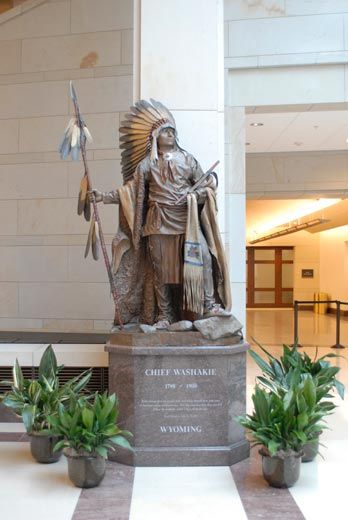
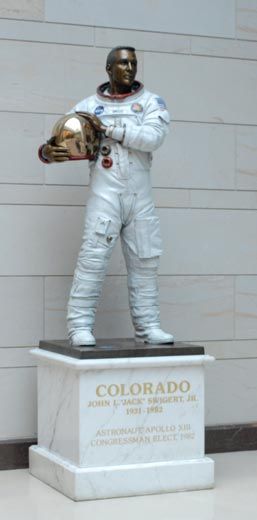
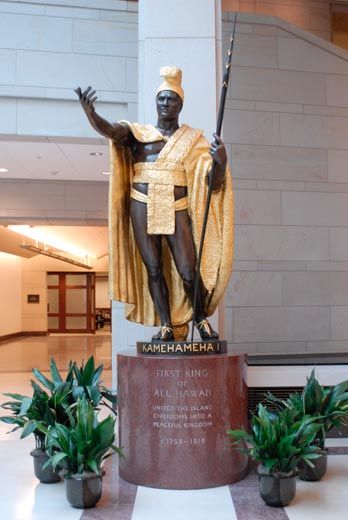
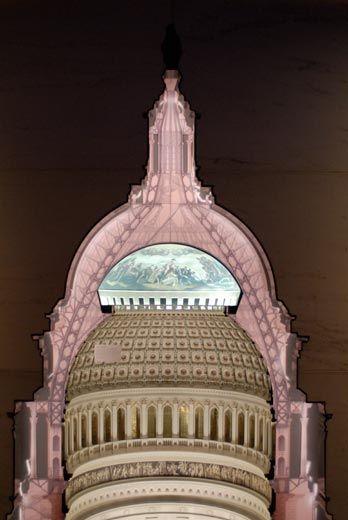
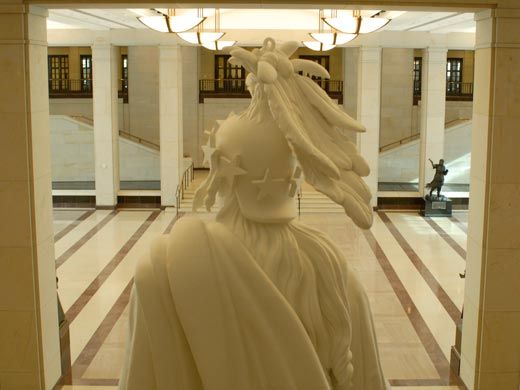
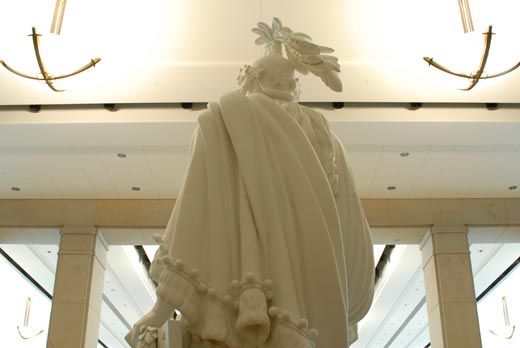
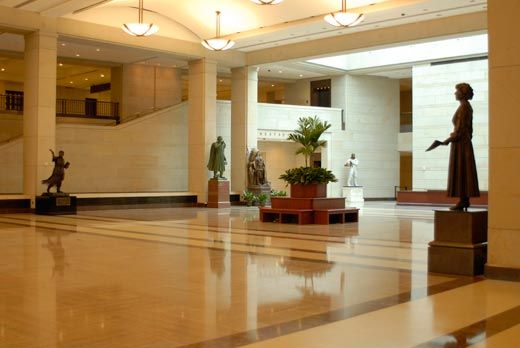
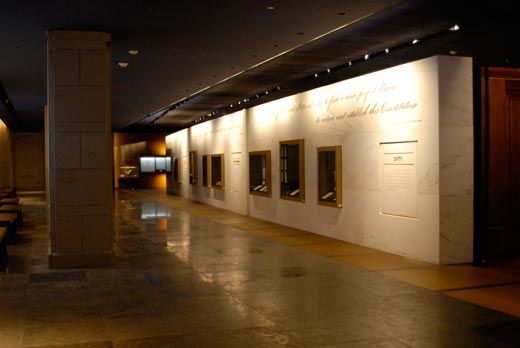
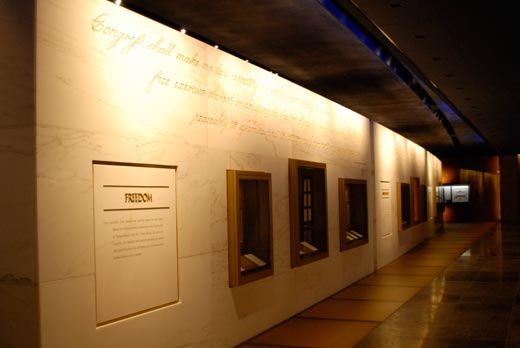
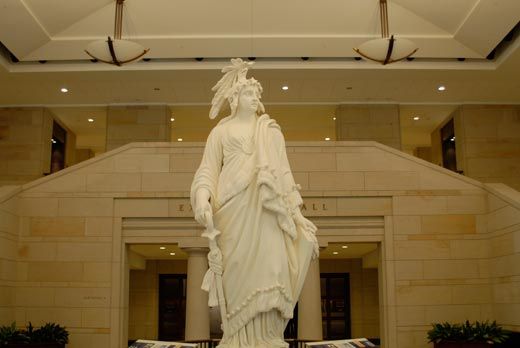
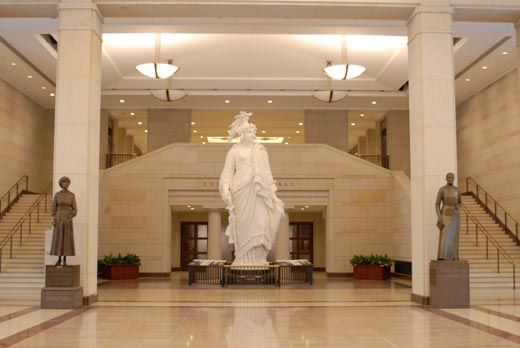
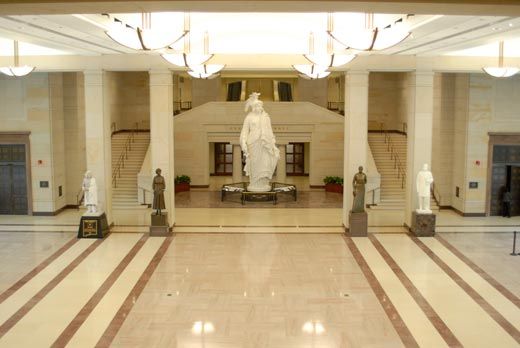
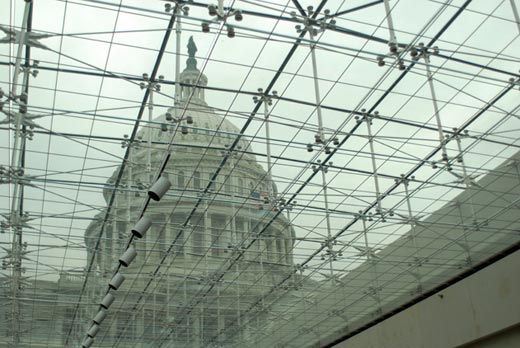
/https://tf-cmsv2-smithsonianmag-media.s3.amazonaws.com/accounts/headshot/anika-gupta-240.jpg)